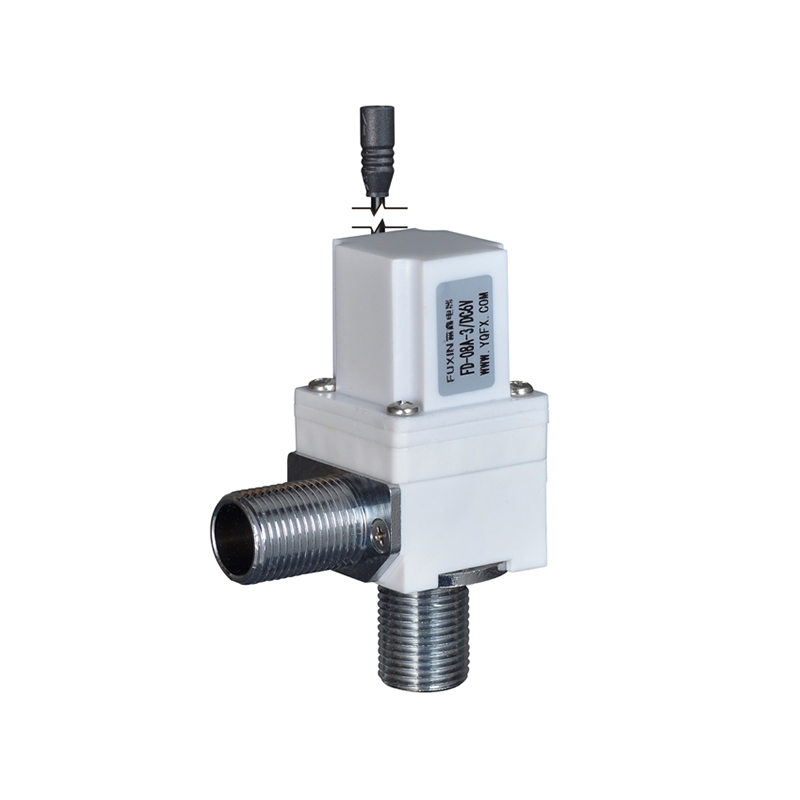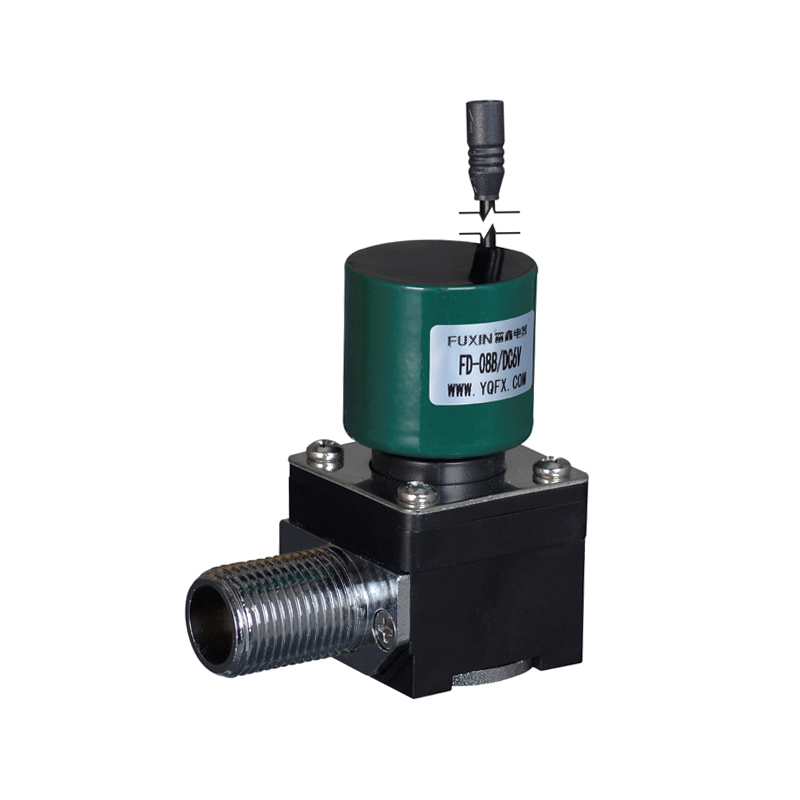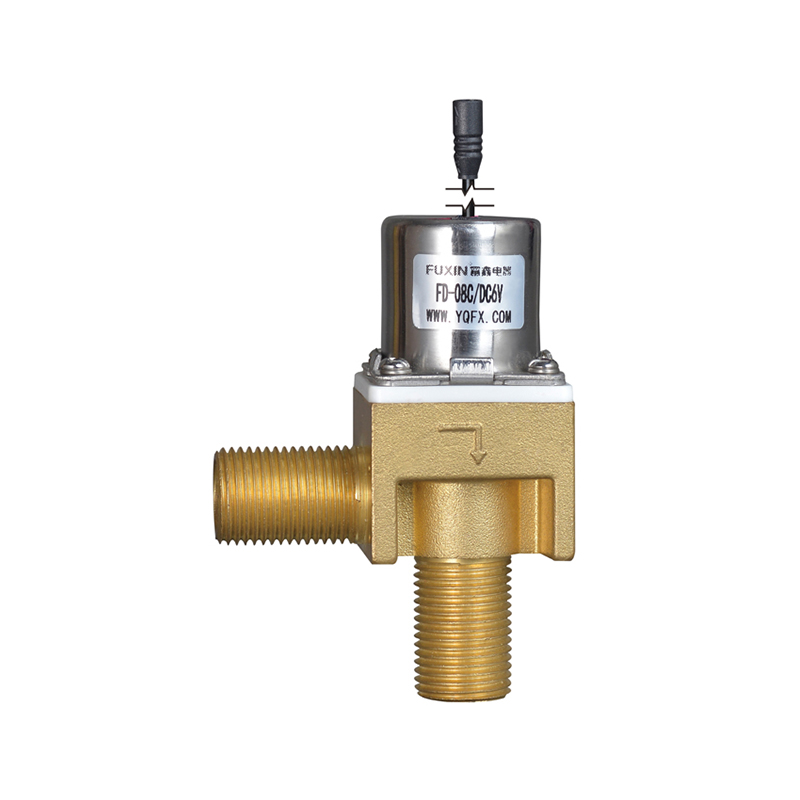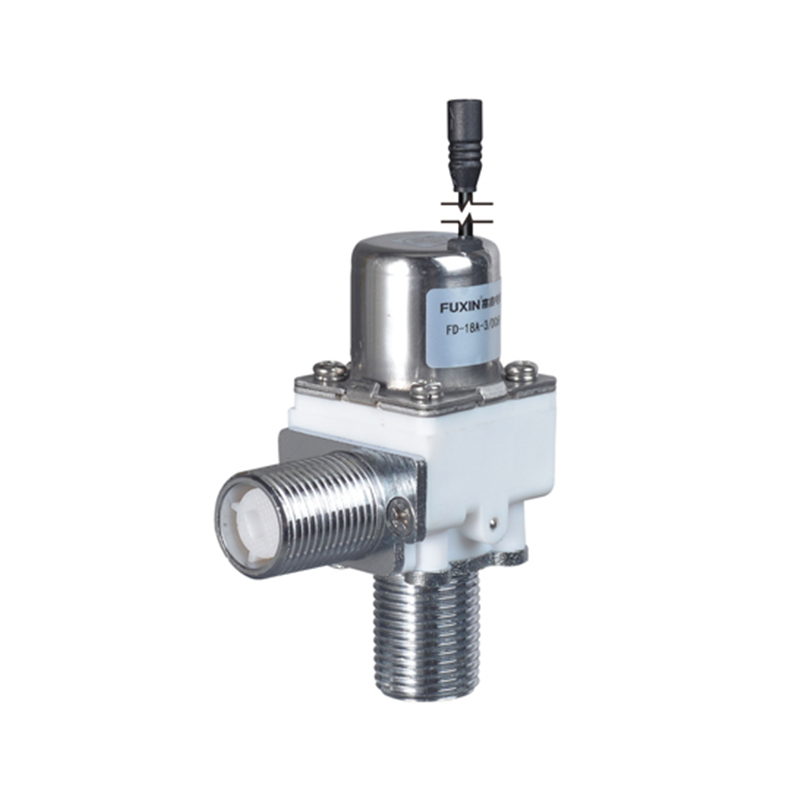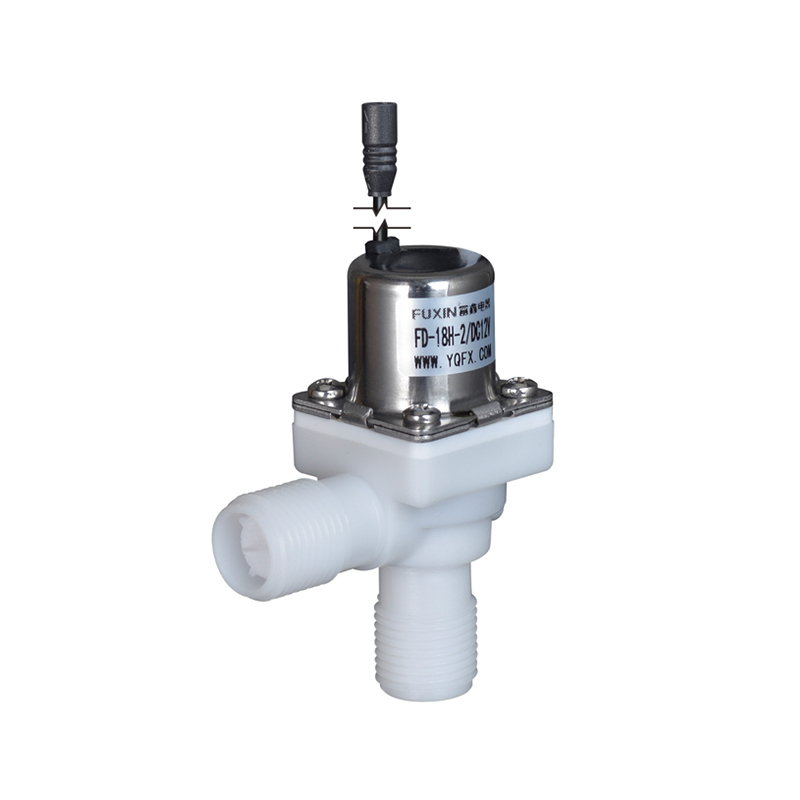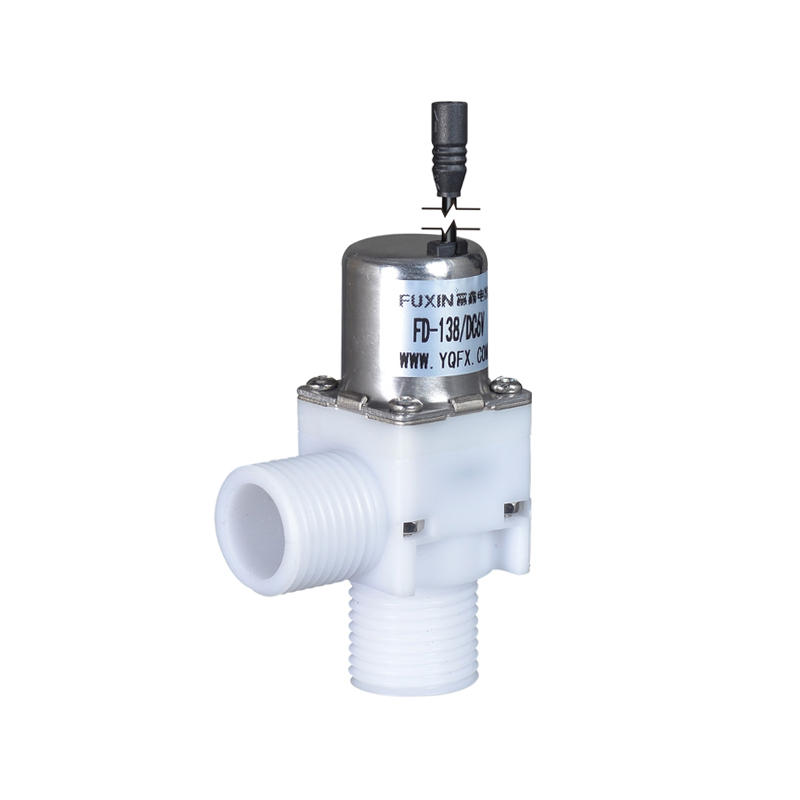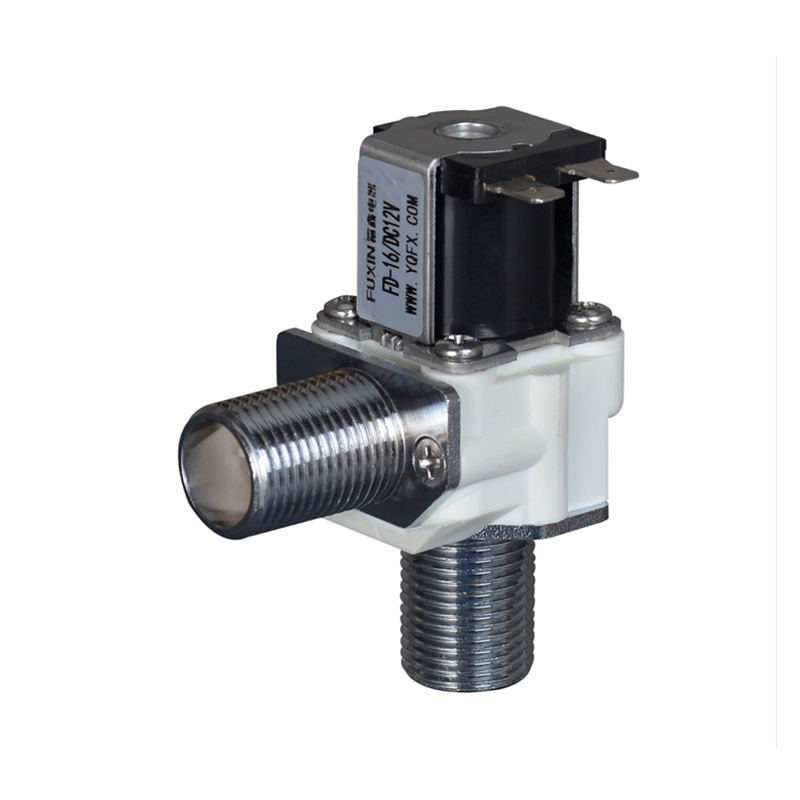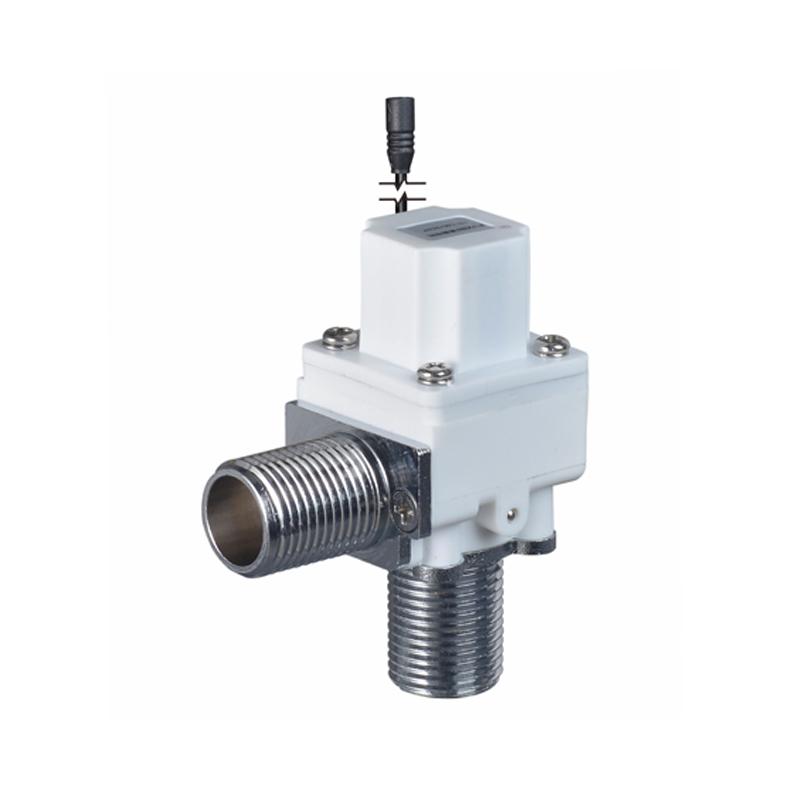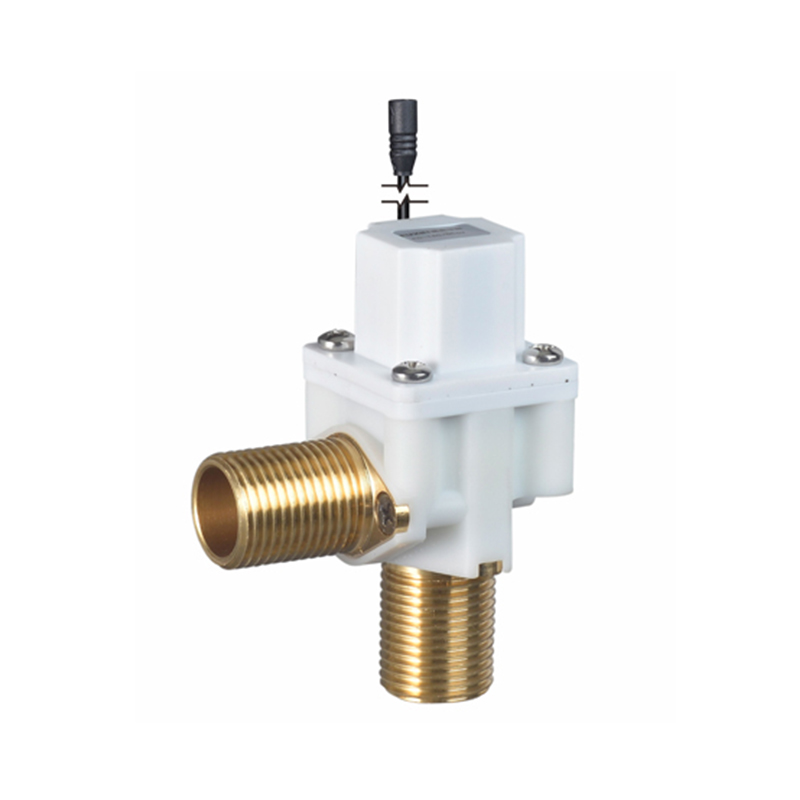In the growing market of touchless sanitary solutions, the sensor faucet solenoid valve stands as one of the critical components. Its role in regulating water flow with precision and reliability is vital to the performance of automatic faucets. However, like any electromechanical device, the sensor faucet solenoid valve is subject to wear, failure, and the need for timely maintenance or replacement. Understanding how to maintain and troubleshoot this component can help facility managers, plumbers, and even end-users prevent unnecessary downtime and water waste.
A sensor faucet solenoid valve operates by receiving a signal from an infrared or capacitive sensor. Upon detection of hand movement, the solenoid coil activates and pulls the plunger, opening the valve for water to flow. When the hand is removed, the signal stops, the coil deactivates, and the plunger returns to its original position, stopping the water. Despite its simple concept, the valve must endure frequent cycling, variable water pressures, and varying water quality—all of which can affect its long-term performance.
One of the common issues with a sensor faucet solenoid valve is the valve becoming stuck in an open or closed state. A normally closed valve may fail to open due to coil burnout, debris blocking the plunger, or a damaged diaphragm. Conversely, if the sensor faucet solenoid valve remains open, it may be due to scale buildup, worn seals, or a failed return spring. In both cases, the step is to shut off the water supply, disconnect the valve, and inspect the internal components for wear or clogging.
Another frequent symptom is complete unresponsiveness of the sensor faucet solenoid valve. If the sensor is working properly but no water flows, it's crucial to test whether the valve is receiving power. Loose wiring, dead batteries (in battery-operated models), or corroded connectors can prevent activation. In such cases, replacing the coil or connectors often resolves the issue without needing to replace the entire sensor faucet solenoid valve.
Leaks are also a typical problem, especially in older or poorly maintained valves. Over time, rubber diaphragms and O-rings within the sensor faucet solenoid valve degrade, to internal or external leakage. Regular inspection and timely replacement of these parts can extend the valve’s service life and ensure reliable performance.
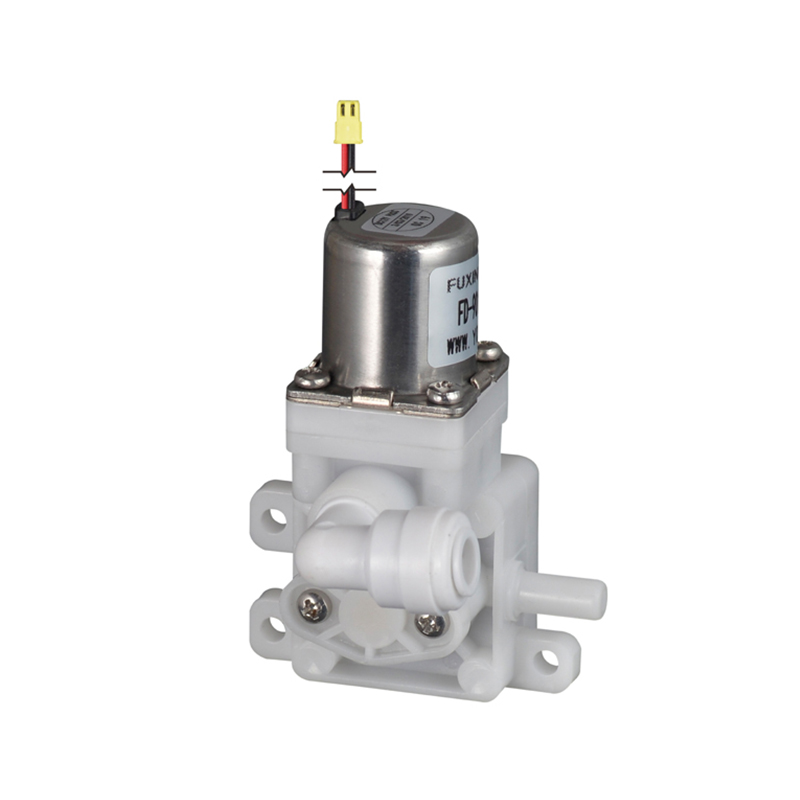
The material of the sensor faucet solenoid valve plays a major role in its durability. Valves made from POM (polyoxymethylene) are lightweight, affordable, and suitable for low- to medium-traffic environments. However, in commercial or high-use settings, brass and stainless steel bodies are preferred. Brass offers corrosion resistance and thermal stability, while stainless steel provides strength and longer service life in harsh water conditions. When selecting a sensor faucet solenoid valve, choosing the right material for the application can significantly reduce maintenance frequency.
Routine maintenance of a sensor faucet solenoid valve should include cleaning of the filter screen, checking the coil for heating or discoloration, and inspecting internal seals. Replacing worn-out diaphragms or coil assemblies is a cost-effective way to restore performance without a full valve replacement. In some cases, manufacturers offer replacement kits for common models, making repairs straightforward.
As the demand for sensor-activated plumbing fixtures continues to rise, ensuring the longevity of the sensor faucet solenoid valve becomes even more important. Proper maintenance not only reduces the risk of malfunctions but also supports water conservation and hygienic operation in both public and private settings.
In summary, whether it’s troubleshooting a non-responsive unit, resolving leakage, or choosing the right valve material, maintaining a sensor faucet solenoid valve requires a balanced understanding of its structure and performance characteristics. By staying proactive and informed, users can ensure that their automatic faucets remain functional, efficient, and dependable for years to come.


 EN
EN English
English Español
Español
